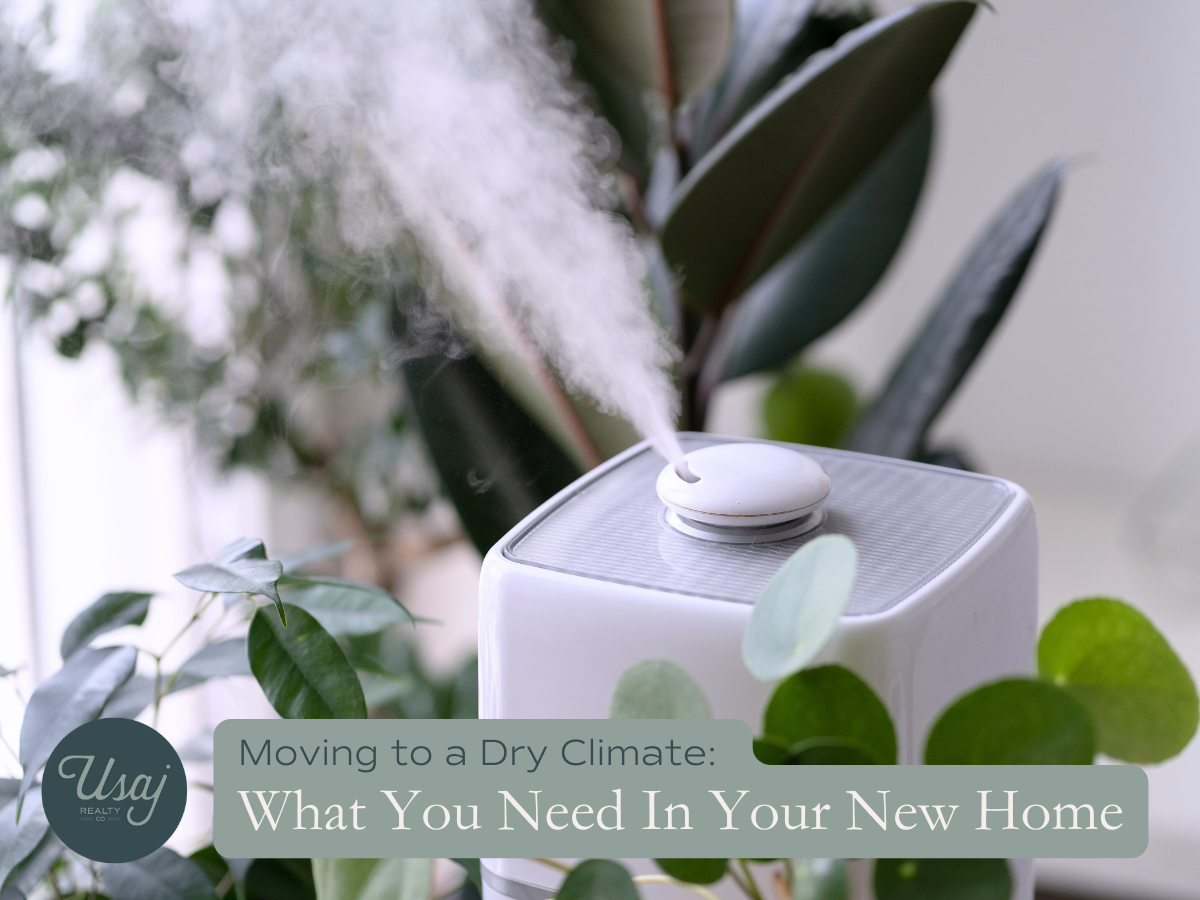Moving to a Dry Climate: What You Need
Welcome to your new home in a dry climate! Whether you’re moving to the arid Southwest or a sun-soaked desert area, adjusting to the unique challenges of dry climates can take some getting used to. But don’t worry, we’ve got you covered with some essential tips and tricks to make your transition smooth and enjoyable.
Understanding Dry Climates
Dry climates are characterized by low humidity and minimal rainfall. These conditions can impact everything from your home’s water usage to the types of plants that thrive in your garden. Here’s how you can prepare your home to handle these unique challenges.
Essential Home Features for Comfort and Efficiency
Making your home comfortable and energy-efficient in a dry climate involves a few key modifications:
- Energy-Efficient Windows and Doors:
Invest in double-pane windows and well-insulated doors to keep your home cool in the summer and warm in the winter.
- HVAC System:
A high-quality HVAC system with a good filtration system can improve air quality and maintain comfortable indoor temperatures.
- Humidifiers:
Adding a humidifier to your home can help combat the dryness, making it easier to breathe and keeping your skin hydrated.
Landscaping and Gardening in Dry Climates
Gardening in a dry climate requires a bit of planning, but it’s definitely possible to have a beautiful, thriving garden:
- Choose Drought-Tolerant Plants:
Opt for native plants that are adapted to dry conditions. Succulents, cacti, and other drought-tolerant species are great choices.
- Mulching:
Use mulch to help retain soil moisture and reduce evaporation.
- Water Wisely:
Water your plants during the cooler parts of the day to minimize evaporation and ensure they get the moisture they need.
Maintenance Practices for Dry Climates
Regular maintenance can help protect your home from the effects of a dry climate:
- Check Your Roof and Gutters:
Dry climates can cause roofs to deteriorate faster. Regularly inspect your roof and clean your gutters to prevent damage.
- Seal Cracks and Gaps:
Prevent dust and pests from entering your home by sealing any cracks or gaps in your windows, doors, and walls.
- Protect Wooden Fixtures:
Wood can dry out and crack in arid conditions. Treat wooden fixtures with appropriate sealants to preserve their integrity.
Community Resources and Support
Moving to a new place can be overwhelming, but you’re not alone:
- Local Government Resources:
Many local governments offer resources and incentives for water conservation and energy efficiency.
- Community Groups:
Join local community groups or online forums to connect with other residents and share tips and advice.
- Professional Services:
Don’t hesitate to reach out to professionals for help with home modifications and maintenance.
Wellness Tips for Adjusting to a Dry Climate
Your home isn’t the only thing that needs to adjust; your body does too:
- Stay Hydrated:
Drink plenty of water throughout the day to stay hydrated.
- Moisturize Regularly:
Use moisturizers to keep your skin hydrated and prevent dryness.
- Wear Sunscreen:
Protect your skin from the harsh sun by applying sunscreen daily.
Adjusting to a dry climate can be challenging, but with the right preparations, you can make your new home comfortable and efficient. Remember, you’re not alone—there are plenty of community resources and professional services available to help you every step of the way.
If you need more personalized advice, feel free to book a call with one of our expert stylists at Usaj Realty. We’re here to help you make the most of your new home in a dry climate. Learn more today!





